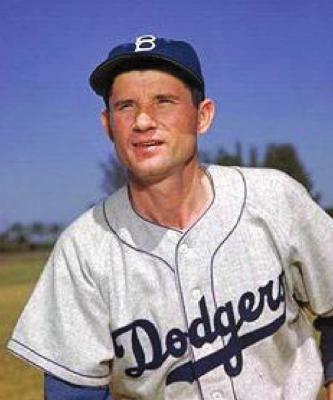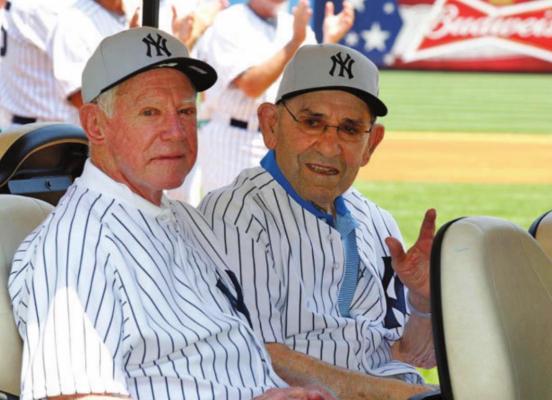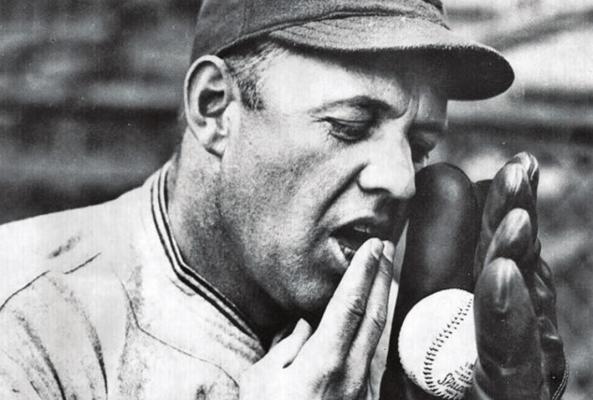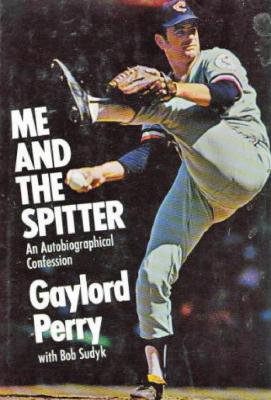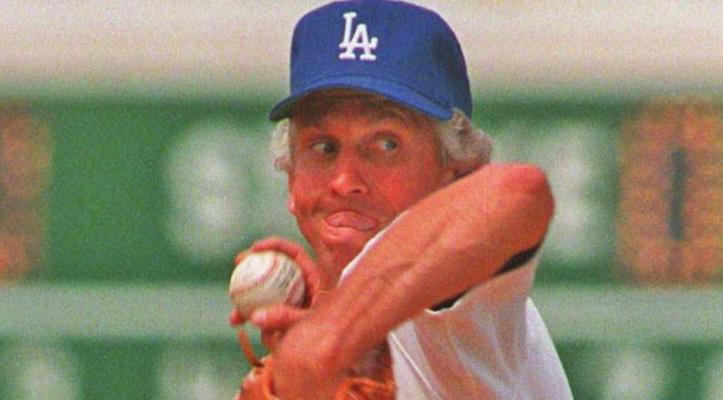Will MLB really crack down on illegal pitches?
Not long ago, Major League Baseball gave its owners a warning — the rule outlawing the application of a foreign substance to a baseball by pitchers is going to be enforced. Starting soon, umpires will check the pitchers two times each game for foreign substances, on their caps, gloves, pants, or anywhere else the umpire believes is necessary, Relief pitchers will be checked once. The umpires also have the option of checking position players like the shortstop, or most notably the catcher. to see if they are guilty of hiding an illegal substance.
The reason for this crackdown is that current stats have shown that the spin rate (rotation on the baseball — I guess they have ways of measuring that) is exceedingly high as well as the totals for strikeouts.
The suspicion that there might be some cheating going on has been strengthened by the fact that when the rumor of the crackdown started circulating among MLB teams, the spin rates and strike out rates have dropped significantly.
The exact way the rule will be enforced hasn’t been made perfectly clear, but the rumors have it that a pitcher caught with a foreign substance on his person will be suspended for 10 days (with pay) for the first violation. And it is likely that the umpire checks will come at the end of an inning or when a pitcher exits the game to keep from adding delays in the playing time.
This whole process brings to mind old-time players who threw what was originally called a “spit ball” because the foreign substance originally applied was simply that--human spittle.
When I was a youngster, the spit ball had been illegal for quite a few years. The pitch came to prominence in the early 1900s and was widely used in the 1910s. Before the 1920 season, the pitch was outlawed because it was considered very dangerous to batters’ health. Most of the early spit ball pitchers chewed tobacco, and when they applied a generous amount of spittle, it tended to discolor the baseball to the point it was harder to see coming out of a pitcher’s hand. Application of spit would make a baseball do funny things, the most common of which was breaking down sharply as it got to the plate.
I was an aspiring pitcher when I was growing up, and I flirted with all kinds of pitches. I tried to throw a curve, but I was mostly intrigued with learning how to throw a screwball and knuckleball, because I perceived they were unusual and I imagined that I was the master of the unusual. Imagined was an apt word to describe what was going on, because I very rarely pitched in real games. Most of my pitching consisted of throwing a tennis ball while aiming for a rectangle drawn on the side of a ramshackle garage. I can’t tell you how many no-hitters I pitched while aiming at the side of the garage. However, after trying it once or twice, I gave up on throwing a spitter. The process made the tennis ball pretty disgusting and unsavory.
Regardless, I had a fascination with the pitch, especially after hearing Dizzy Dean talk about Burleigh Grimes. When baseball outlawed spitballs, pitchers who used the pitch were “grandfathered” in and permitted to continue throw a spitter as long as they continued to play.
To hear Dizzy Dean tell the story, Grimes was a character who liked to give off the impression that he was a tough guy. He always had heavy stubble on his face and was known by opposing players as “Ol Stubblebeard.” Grimes took advantage of batters knowing that he might throw a spit ball. Before most pitches he would take his fingers to his mouth. He threw the spit ball only on occasion but batters never knew for sure and would be off balance. Grimes made a career out of intimidation, and as Dean told the story, he is the only player in history to have been thrown out of a game for hitting (on purpose) the batter standing in the on-deck circle.
Grimes pitched for 14 seasons after his favorite pitch was outlawed and when he retired, he was the last to throw a legal spit ball. He was good enough to be elected to Baseball’s Hall of Fame.
Grimes was the last to use the pitch legally. But there have been many since who have gotten away with putting weird substances on a baseball to make it do tricks.
The first person who comes to my minds is Gaylord Perry. Perry pitched 22 seasons in the majors for eight different teams. While he was pitching there was a lot of suspicion that he was doctoring the ball in some fashion. He won 314 games during his career and was elected to the Hall of Fame despite the fact that he wrote a book “Me and the Spitter,” in which he readily admitted that he had cheated.
“I reckon I tried everything on the old apple (baseball) but salt and pepper and chocolate sauce topping,” is one of the quotes from the book. He said that his favorite substance was Vaseline, but one of his ex-managers, Gene Mauch, said that a tube of KY Jelly should be attached to his plaque in the Hall of Fame.
“I would always have it (grease) in two places in case the umpires would ask me to wipe one off,” Perry said in his book.
In another place he mentioned that he only threw greaseballs to Rod Carew, who many believe may have been the best hitter in baseball history. “He still hit them,” Perry said. He’s the only player in baseball who consistently hits my grease. He sees the ball so well, I guess he can pick out the dry side.” Perry was only caught once and that was late in his career. He was suspended for 10 games in that instance. Like Grimes, he used the threat of the spit ball to his advantage, making all kinds of motions on the mound that would make a batter guess that the next pitch was going to be a doctored one.
Another pitcher who readily admitted that he threw an illegal pitch was Preacher Roe of the old Brooklyn Dodgers. Roe was a star about the time I was starting to be interested in baseball. He had a 22-3 record in 1951, the year the Dodgers lost to the Giants in a playoff. But he helped Brooklyn win three pennants.
A year after his retirement, he wrote an article for Sports Illustrated that bore the title “The Outlawed Spitball Was My Money Pitch.”
“It never bothered me none throwing a spitter,” Roe said in the piece. “If no one is going to help the pitcher, he’s got to help himself.”
One of my favorite books is Roger Kahn’s “Boys of Summer.” In it Kahn quotes Roe as saying “He (a batter) is waiting for that good hard drop. I touch the visor and throw a big slow curve. He was so wound up he couldn’t swing.”
Like Perry and Grimes, Preacher Roe knew the value in having batters think a spitter might be coming.
Whitey Ford is another Hall of Fame pitcher who allegedly took part in throwing illegal pitches. Ford was less of a substance abuser as some of the other cheaters. He was more known for scuffing up the ball, which also makes a pitch do strange things. Ford developed elaborate scuffing schemes. One involved having his catcher Elston Howard scraping the ball on the ground before throwing it back to the mound. He also had a ring custom made that had a sharp edge permitting him to scrape a baseball before throwing it.
Yet another Hall-of-Famer who was long suspected in throwing illegal pitches was Don Sutton of the LA Dodgers. Sutton was caught once with a scuffed up ball, but never has admitted that he cheated. He loved the speculation that followed him throughout his career, however. Once again, it was the expectation that batters had that he might throw a “funny” pitch that helped keep them off balance. Umpires checked him over so often that he reportedly started writing “dirty” notes and hiding them in his pockets for the umpires to find.

